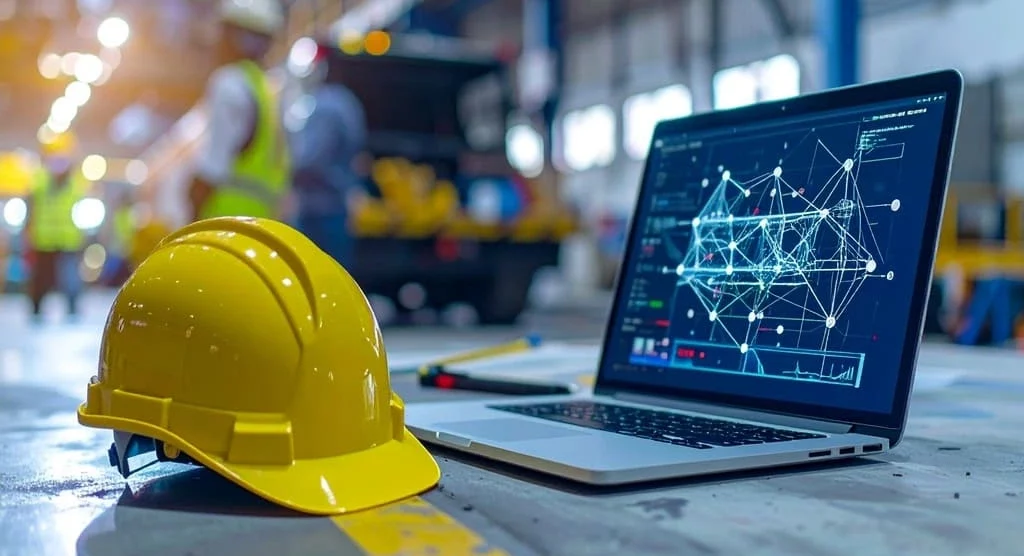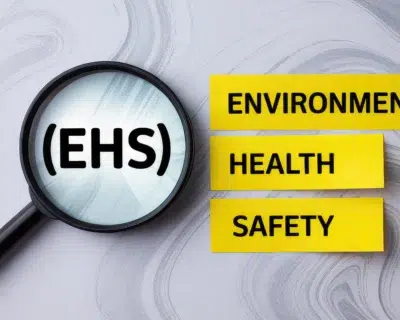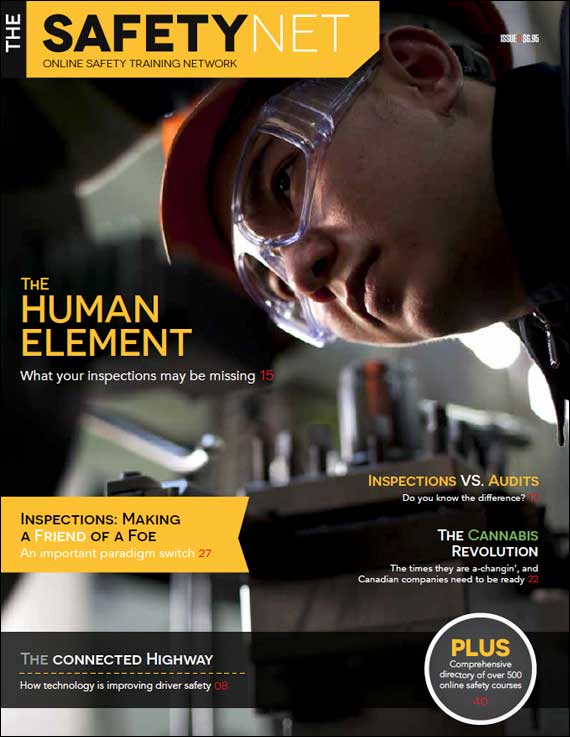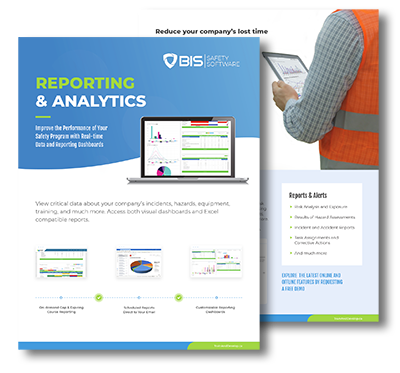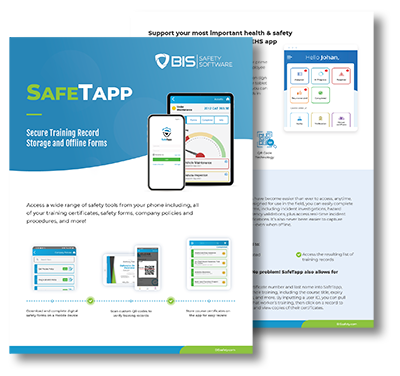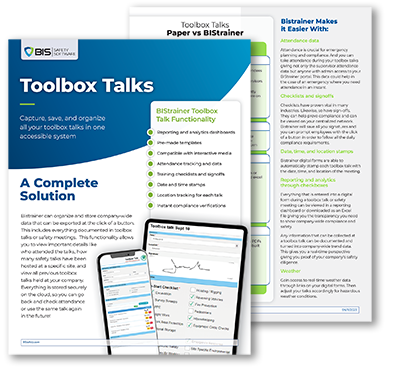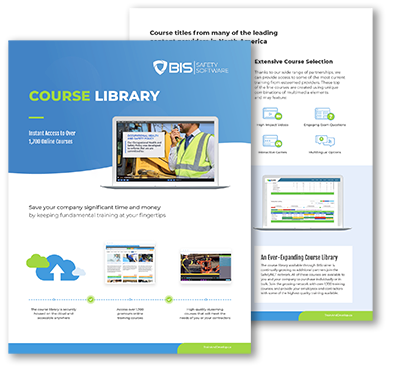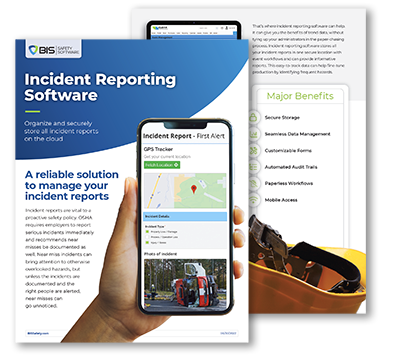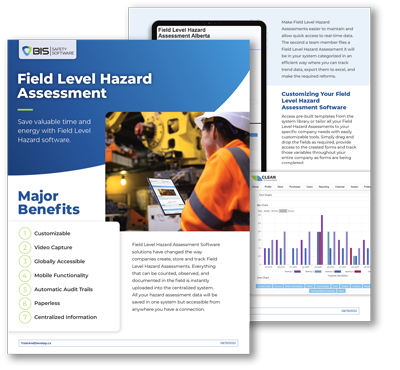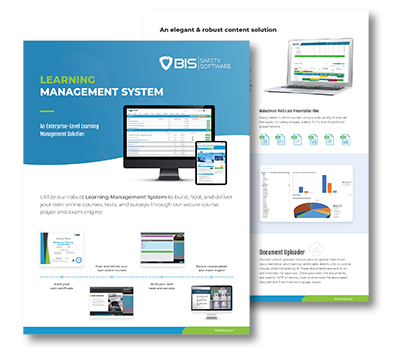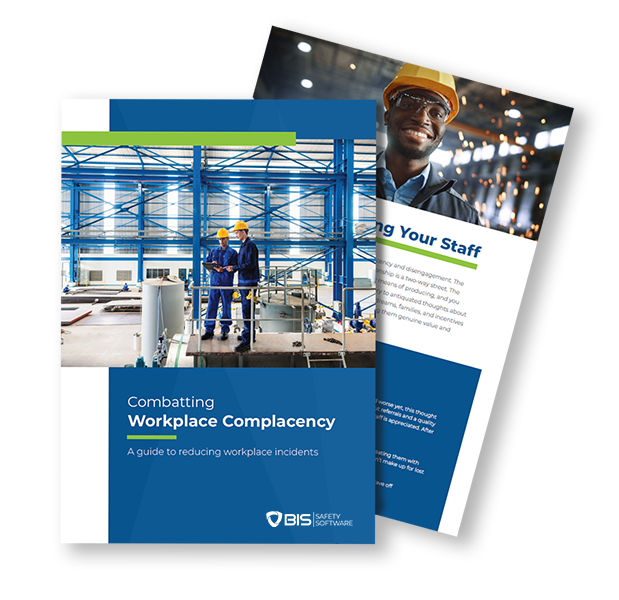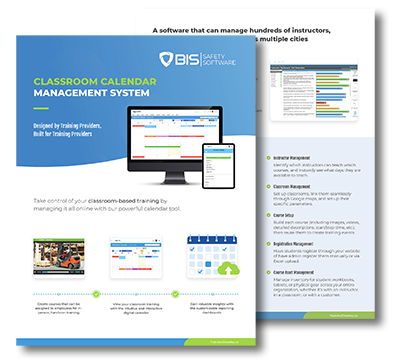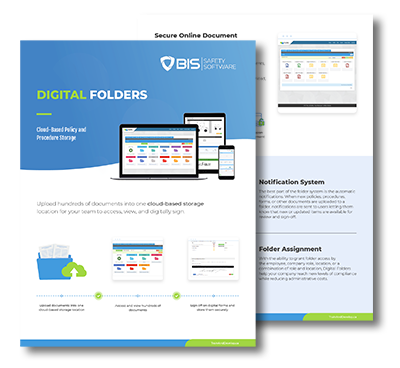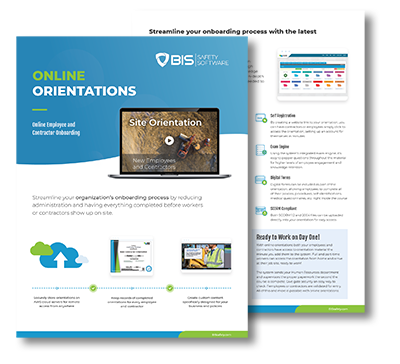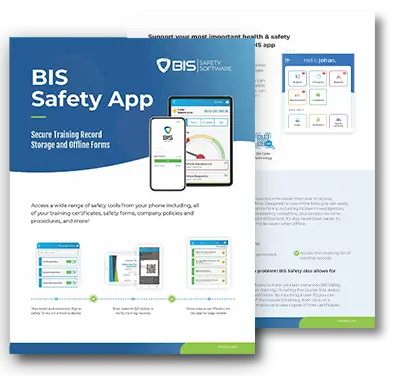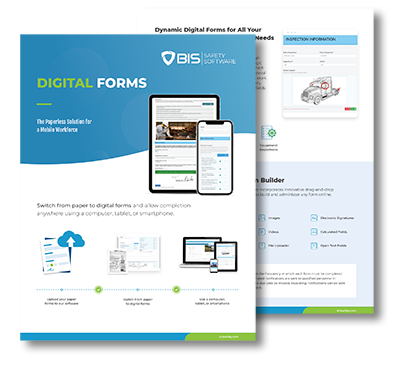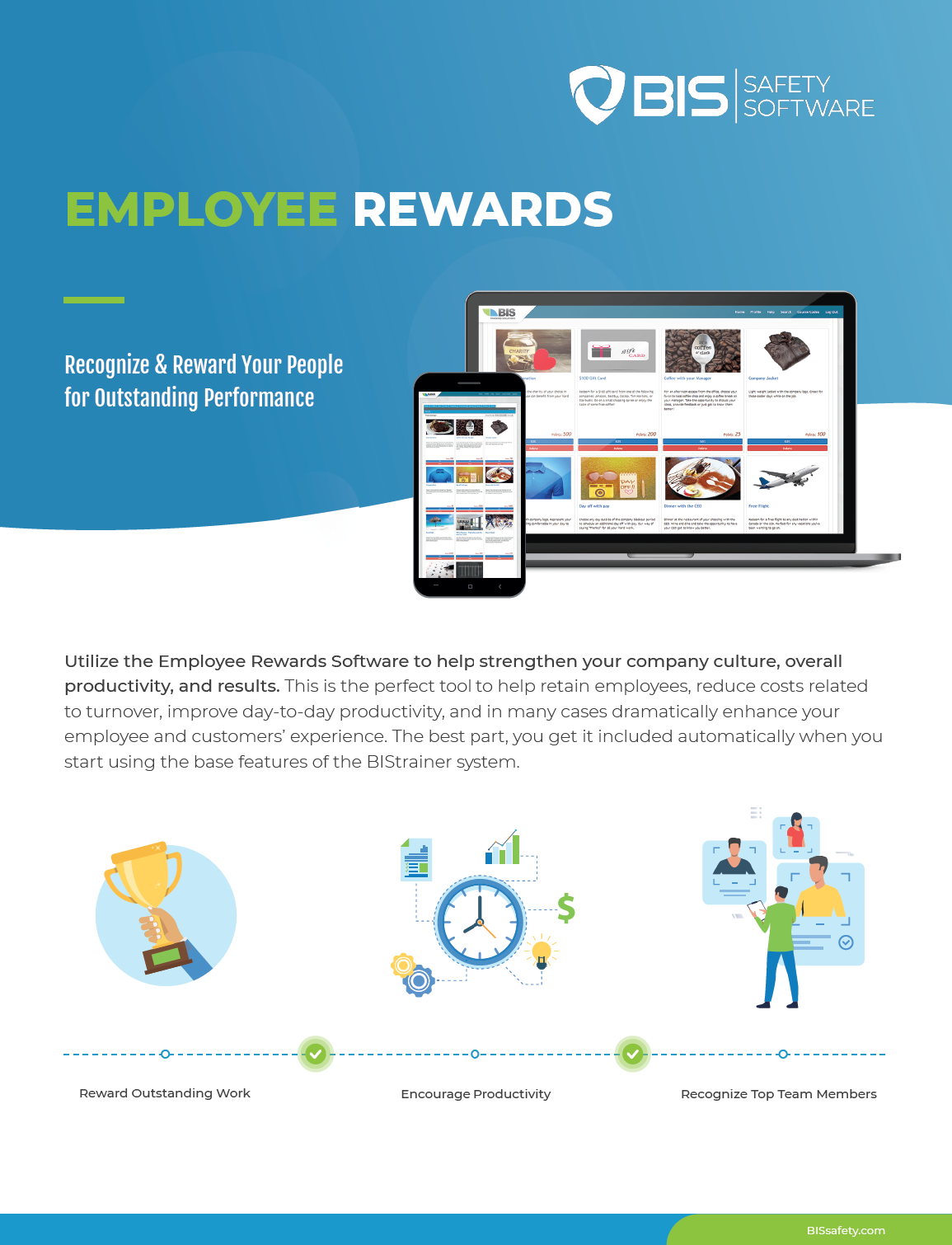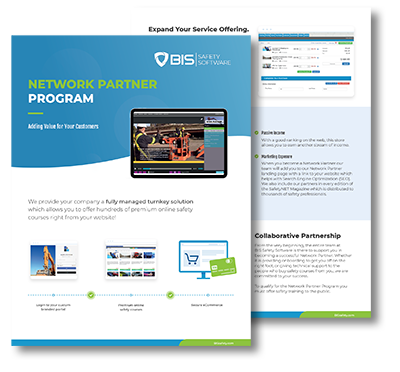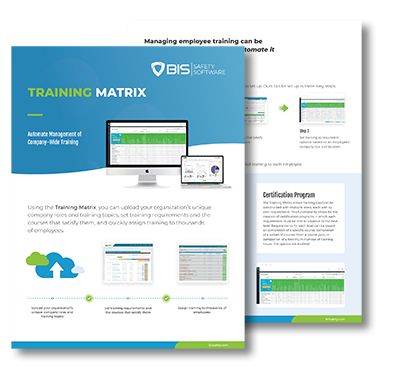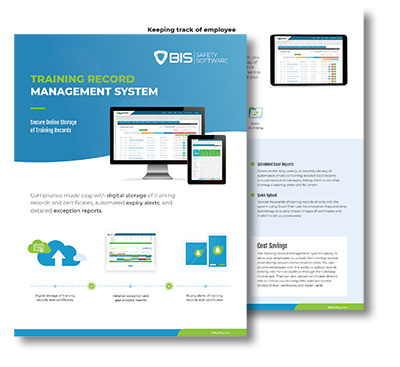
What Is FMEA and How Does It Work?
FMEA stands for Failure Modes and Effects Analysis. It’s a structured way to spot and prevent failures in systems, products, or workflows. Originally created for military applications, FMEA is now widely used in industries like manufacturing, logistics, and healthcare.
By anticipating where things could go wrong, FMEA helps teams fix issues before they cause harm.
Why FMEA Is Critical for Risk and Safety
FMEA isn’t just about checking a box—it’s about identifying real vulnerabilities before they become real problems. It helps pinpoint where safety risks or inefficiencies could lead to injury, delays, or compliance issues.
“FMEA shows you the weak links before anything breaks.”
— Safety & Quality Manager, Manufacturing Sector
Whether you’re preventing machine failure or avoiding human error, FMEA equips your team to act early and wisely.
How to Use FMEA: Step-by-Step
The FMEA process involves team collaboration and data analysis. Here’s how it typically works:
- Define Scope – What process, system, or product are you evaluating?
- List Failure Modes – Where can it fail?
- Identify Effects – What happens if it fails?
- Find Causes – Why might that failure happen?
- Rate Severity, Likelihood, Detection – Give each factor a score.
- Calculate Risk Priority Number (RPN) – Severity × Occurrence × Detection.
- Prioritize Issues – Focus on the highest RPN scores.
- Implement Actions – Address high-risk areas and track improvements.
FMEA in the Real World
- Manufacturing: Detects weak machinery points—like motors overheating—before a breakdown halts production.
- Healthcare: Prevents prescription errors by assessing every step in medication handling.
- Utilities: Identifies system vulnerabilities that could cause outages or safety hazards.

Why FMEA Delivers Value
FMEA creates stronger, safer, and more resilient operations by:
- Reducing equipment and process failures
- Enhancing team collaboration
- Informing smarter decisions
- Strengthening safety culture
- Offering traceable risk documentation
Final Word
FMEA isn’t just a process—it’s a proactive mindset. Whether you’re designing systems or managing day-to-day operations, FMEA empowers your team to stay ahead of risk, improve safety, and avoid costly surprises.


